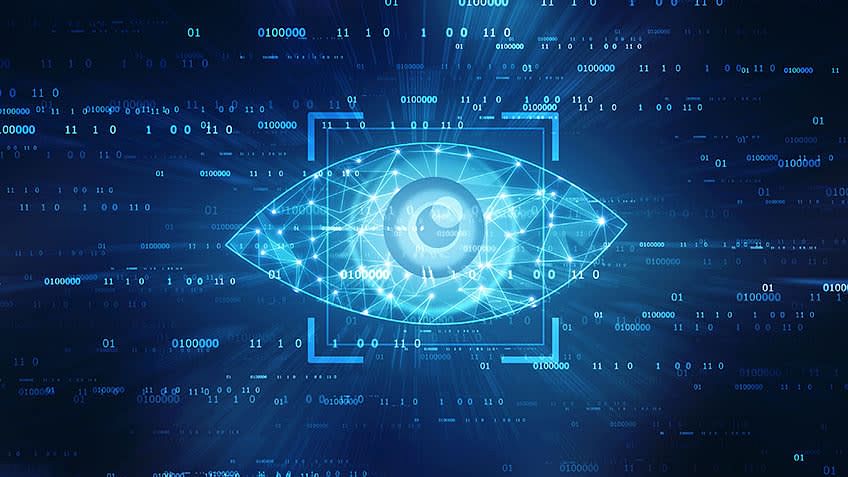What is Computer Vision?
 |
| Source:https://www.simplilearn.com/computer-vision-article |
Computer vision is one of the fields of AI that enables computers to understand visuals or visual objects like images. It is a field of AI in which is related to training computers so that they can 'understand' and indentify objects accurately and provide the appropriate response to them.
How does Computer Vision Work?
Computer vision systems use input from AI, Machine learning and Deep learning to replicate the system of identifying objects like it happens in humans. Computer vision requires huge data sets. Data analyses is performed many times until the computer can identify and differentiate between objects. In many cases, algorithms can be made in such a way that the system learns by itself, and can replace human labour in many tasks like image recognition.
How is an image analysed with computer vision?
The following steps take place to analyse an image with computer vision-
(1) The sensing device (usually a camera, but can also be a video camera, medical imaging device or any other type of device that captures images) captures an image.
(2) This image is then sent to an interpretation device which uses pattern recognition to break the image down into different patterns, compares the patterns in its library of known patterns and then determines if any of the content of the image is a match.
(3) A user requests some information about the image and the interpreting device provides information based on its analysis of the image.
Application of Computer Vision
The applications of Computer Vision are-
(1) Self-Driving Cars- With computer vision, autonomous vehicles can understand their external environment. Multiple cameras send their recordings of the environment to computer vision agorithms. These algorithms can then detect the road endings, signs, people and other obstacles.
(2) Face Recognition- Face recognition software uses comuter vision to recognise the facial patterns and relies heavily on computer vision.
(3) Mixed/Extended Reality- Extended reality allows digital devides like smart watches, smartphones to embed digital contents into real-world environments. This technology also relies on computer vision.
(4) Healthcare- Computer vision has helped a lot in healthcare technologies like looking for abnormal moles, x-rays, etc.
Challenges Towards Computer Vision
The challenges towards computer vision are-
(1) Reasoning issue- Modern neural network algorithms are complex and not easy to understand. This makes it difficult for computer vision experts to explain how the algorithms identify certain things in an image.
(2) Privacy- Privacy is a serious threat to security in some countries like Afghanistan. It exposes people to uauthorised use of data. Due to these reasons, face recognition is banned in some countries.
(3) Fake content- Anyone with access to powerful data centres and computer vision technologies can create fake content like images, videos, etc.
(4) Adversarial attacks- Adversarial attacks are like optical illusions for computers. Attackers intentionally create faulty machine learning models, intending them to fail. These attacks are difficult to detect and can cause significant damage to the system.
That is all for this post on computer vision. Follow this blog to get more mind-boggling information on technology.
Until next time,
Aarav Iyer
References:
(1) https://www.mygreatlearning.com/blog/what-is-computer-vision-the-basics/
(2) https://www.simplilearn.com/computer-vision-article
(3) https://azure.microsoft.com/en-in/resources/cloud-computing-dictionary/what-is-computer-vision/

Hello bhaiya, this was the best post.
ReplyDeletebrilliant dear arav.....lots of love from sri lanka
ReplyDeletevery helpul @aarav iyer ........ regards, student, kvdrdo
ReplyDelete